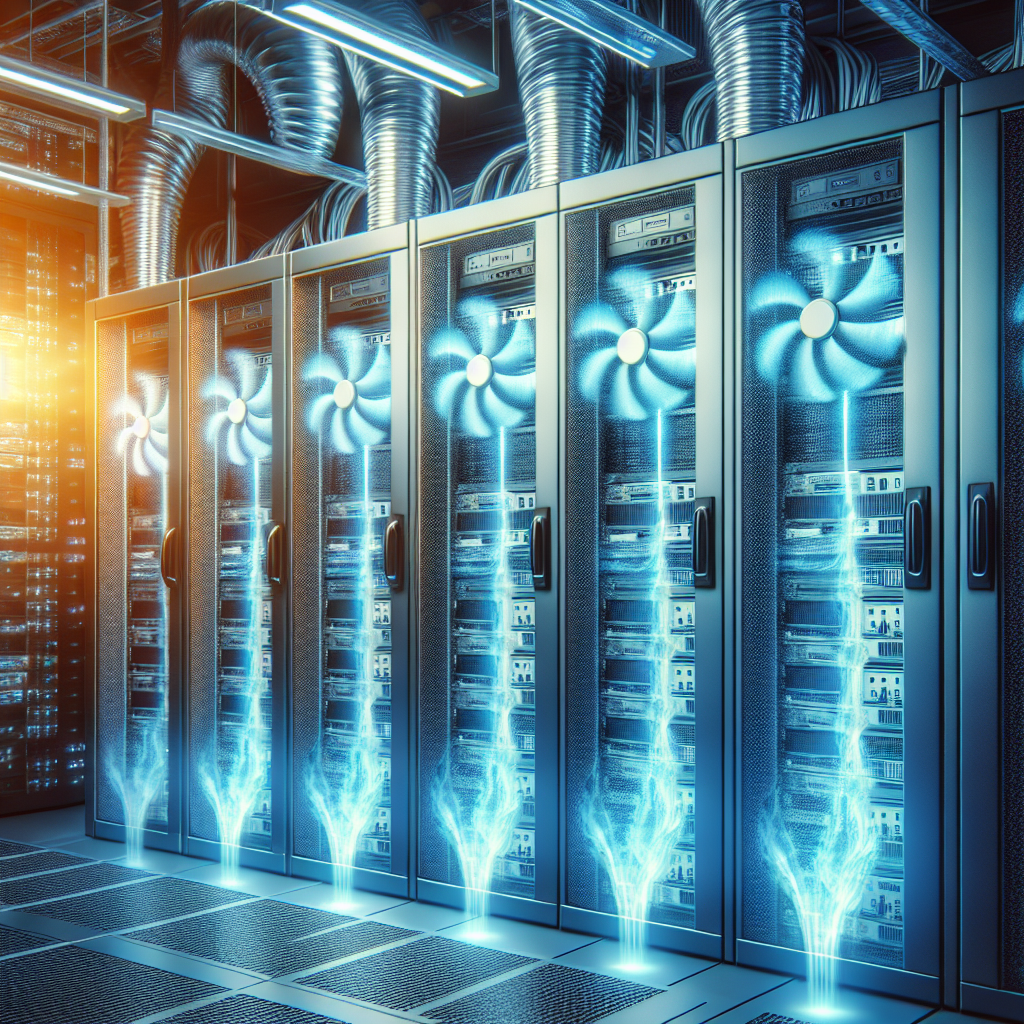Data centers are the backbone of modern businesses, housing the servers and networking equipment that keep operations running smoothly. However, all of this equipment generates a significant amount of heat, which can lead to performance issues and even equipment failure if not properly managed. That’s why data center cooling is crucial for optimizing performance and ensuring the longevity of your equipment.
Proper data center cooling involves a combination of strategies and technologies to effectively manage heat and humidity levels within the facility. Here are some key ways to optimize performance with proper data center cooling:
1. Choose the right cooling system: There are several different types of cooling systems available for data centers, including air conditioning units, chillers, and liquid cooling systems. The best cooling system for your data center will depend on factors such as the size of the facility, the amount of heat generated by equipment, and budget constraints. It’s important to work with a professional to determine the most efficient cooling system for your specific needs.
2. Implement hot and cold aisle containment: Hot and cold aisle containment is a strategy that involves separating the hot and cold air streams within the data center to prevent mixing. By containing the hot air exhaust from servers and directing it away from the cold air intake, you can improve airflow and cooling efficiency. This can help to reduce energy consumption and improve overall performance.
3. Monitor and adjust temperature and humidity levels: Monitoring temperature and humidity levels within the data center is essential for maintaining optimal conditions for equipment. By regularly monitoring these factors and making adjustments as needed, you can prevent overheating and ensure that equipment is operating at peak performance levels.
4. Use airflow management techniques: Proper airflow management is key to effective data center cooling. This includes ensuring that air vents are unobstructed, implementing blanking panels to prevent recirculation of hot air, and using perforated floor tiles to direct cool air to where it is needed most. By optimizing airflow within the data center, you can improve cooling efficiency and reduce the risk of equipment failure.
5. Consider using outside air for cooling: In some cases, it may be possible to use outside air for cooling instead of relying solely on mechanical cooling systems. This can be a cost-effective and energy-efficient option, especially in cooler climates. By leveraging free cooling opportunities, you can reduce energy consumption and lower operating costs.
Overall, proper data center cooling is essential for optimizing performance and ensuring the reliability of your equipment. By implementing the right cooling strategies and technologies, you can create a more efficient and sustainable data center environment. Working with a professional to assess your cooling needs and develop a customized cooling plan is the best way to ensure that your data center operates at peak performance levels.


Leave a Reply